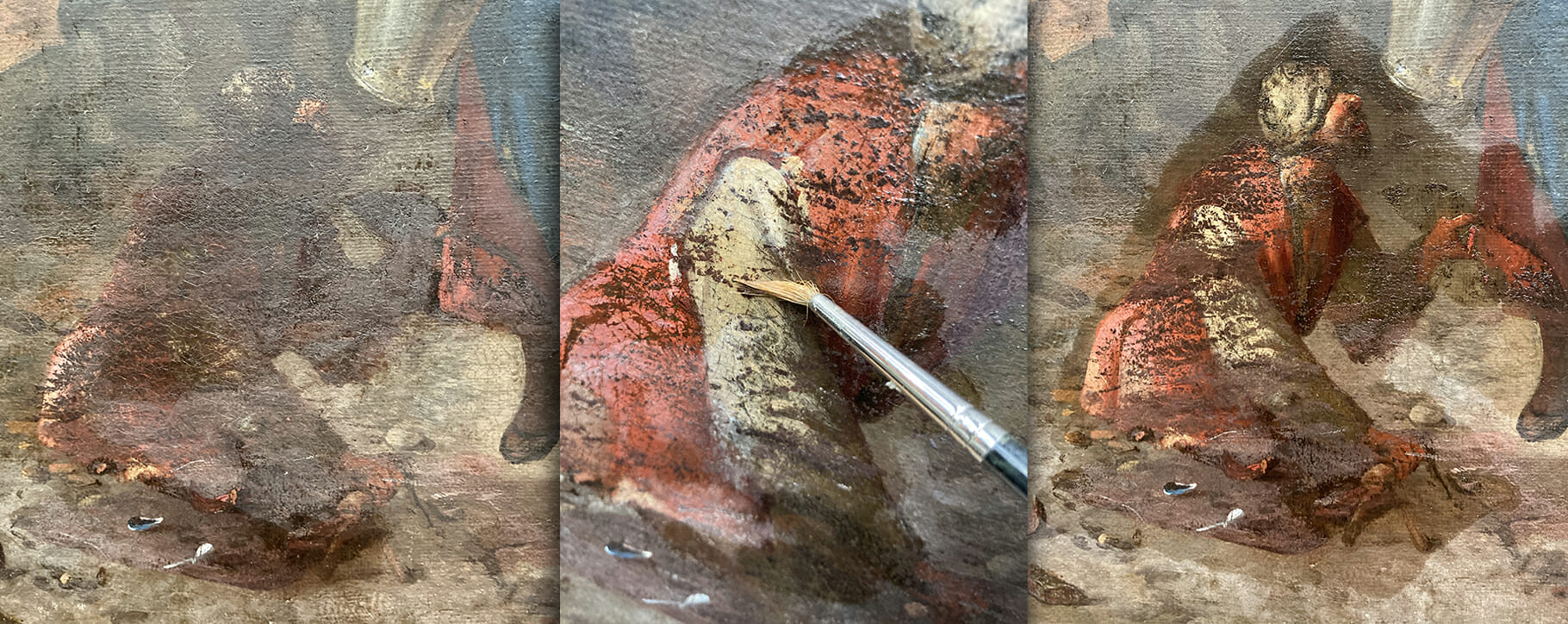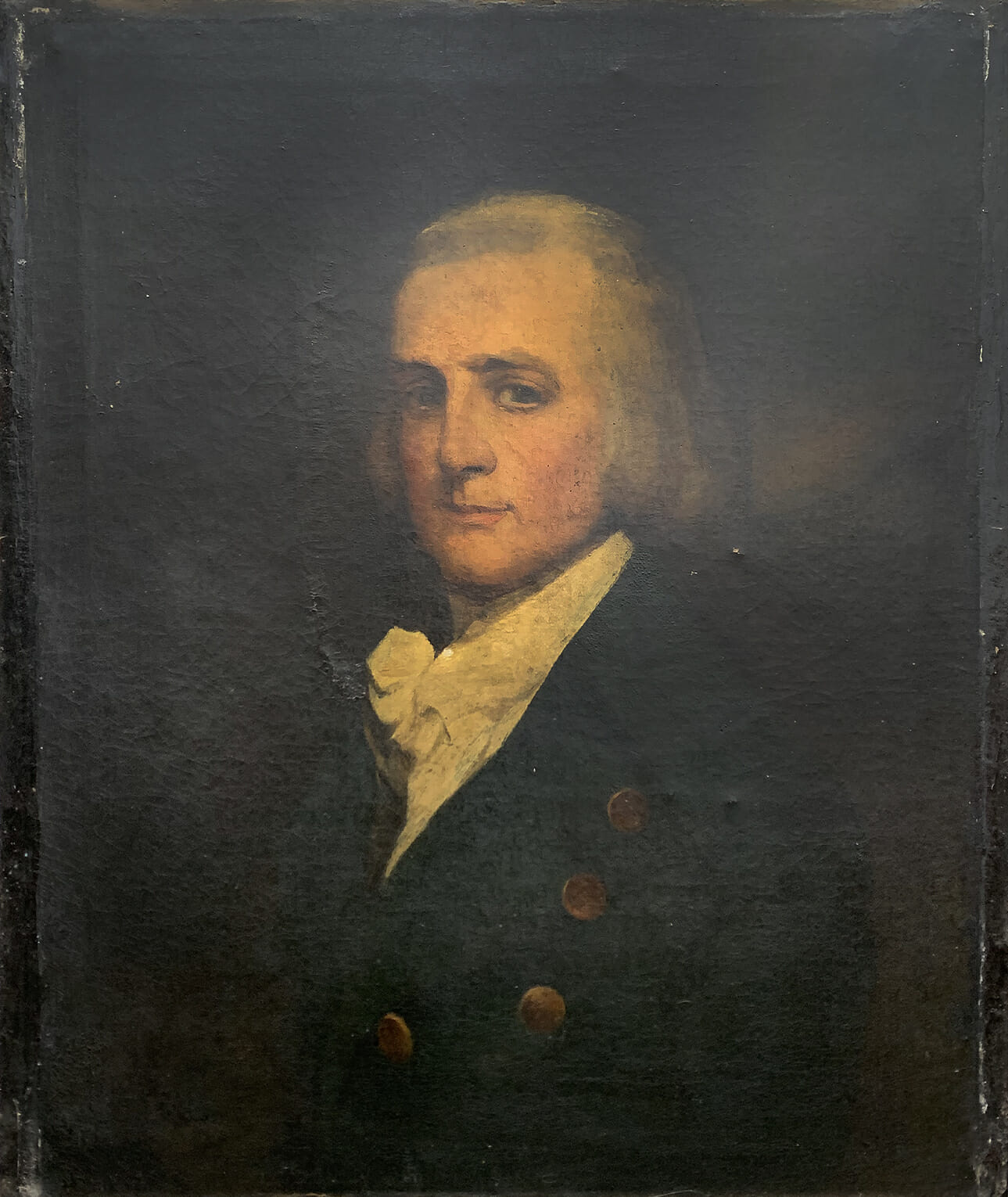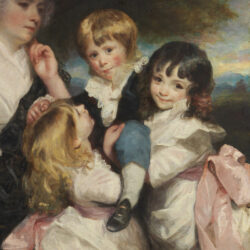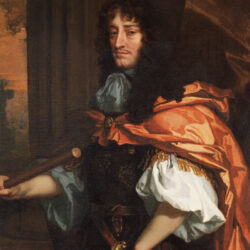Hidden features
Changes to an antique painting are usually due to the following reasons:
Modesty – society may have found nudity or revealing clothing inappropriate in some eras, so they often commissioned changes such as added drapery or fuller clothes.
Religious beliefs – religious paintings may have also been altered over time, either to hide, destroy, or change the domination.
Superstitions – a superstitious owner may have also altered features such as serpents or skulls.
Politics – portraits of influential figures such as Kings and Queens may have had their portraits adapted to represent more appropriate values. They could have been disguised completely to avoid the political consequences of the owner housing a painting of a contentious or overthrown leader.
Practical reasons – an artist may have either been unable to afford a new canvas, would like more room to study a subject, or has been unhappy with the original piece.
Environmental damage – The build-up of smoke, debris, dust, mould or extremely discoloured varnish may have led to such a high level of visual disturbance that the detail of the painting is no longer clear.


 Above: an 18th century portrait before varnish removal in our studio
Above: an 18th century portrait before varnish removal in our studio Above: the same portrait following varnish removal revealing a hidden hand
Above: the same portrait following varnish removal revealing a hidden hand Above: our conservator Sophie checking a painting with a UV torch for signs of overpainting
Above: our conservator Sophie checking a painting with a UV torch for signs of overpainting 



